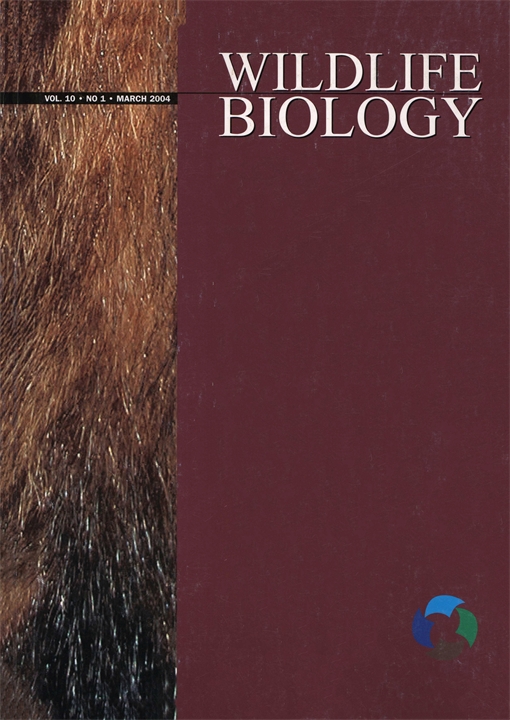We studied Alaskan moose Alces alces gigas to test the hypothesis that sexual segregation among polygynous ruminants is the result of competitive exclusion of males by females. We first examined differences in foraging behaviour between sexes, and then tested whether foraging by females influenced subsequent browsing by males, an outcome necessary to postulate competitive exclusion of males by females. Our experiments during the winter of 1999 and 2000 were made on captive moose at the Kenai Moose Research Center, Alaska, USA. Twig diameters of Barclay willows Salix barclayi affected bite sizes taken by foraging moose, independent of sex, when that relationship was examined with respect to absolute or relative sizes of bites; bite size can not be invoked as an explanation for sexual segregation. Moose of both sexes overcompensated by consuming more second-year growth when feeding on smaller twigs compared with larger ones, ostensibly to adjust for lower nutritional returns in smaller twigs of current annual growth. We modelled the intake rate of moose browsing on willow with multiple-linear regression. The best model included sex, body mass of moose and density of twigs, but not shape of willows. Females had higher bite rates and rates of forage intake than males, and generally took smaller bites of greater variability. Thus, the differences in foraging behaviour between the sexes may relate to sexual dimorphism and allometric differences in digestive morphology, and ultimately to spatial segregation of sexes, as proposed by the gastrocentric hypothesis. No difference, however, occurred in the rate of intake between the sexes foraging on previously browsed willows, which resulted in our rejection of the hypothesis that selective foraging by females could lead to competitive exclusion of males.
How to translate text using browser tools
1 March 2004
Sexual segregation in moose Alces alces: an experimental manipulation of foraging behaviour
Douglas F. Spaeth,
R. Terry Bowyer,
Thomas R. Stephenson,
Perry S. Barboza

Wildlife Biology
Vol. 10 • No. 1
2004
Vol. 10 • No. 1
2004
Alaskan moose
competitive exclusion
feeding behaviour
foraging
sexual segregation
willow




